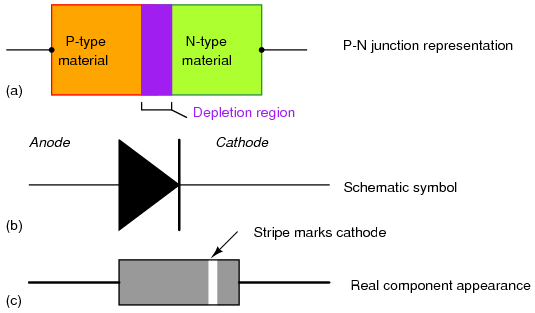1N4148's work.
But you might want to retest your MV-1Y - they are ACROSS the Bias trimmers in the Finals.
The driver one is in SERIES with it - so it will only check one way.

The reason I'm asking you to recheck is due to the Parallel
design in the Final sections of Galaxy radios.
You may be measuring the trimmer across the Diode at the same time
Try to use non-Schottky types, older package designs.
Schottky? Hmm - you may not know what I'm talking about but the older PN junction diodes work best for Bipolar because they are made similar - they both have a PN junction in them. Makes them more of a closer match.
PN types above...
Schottky types below...

Schottky are simple SINGLE Junction diodes...

But you may not have the luxury of the older design versus what many import semiconductors are now, Schottky types - meaning they are a simple N layer with a weld, forming a narrow junction - which LOWERS the voltage drop across them making them more efficient in passing current and switching - but not for Biasing.
The (older) PN junction has a higher voltage drop - which is what you want to use to help the transistor keep the Bias region forward-biased - so that means the Schottky are not as effective in your bias fix.
Edits: Fixed Graphic...
Wanted to also pass along;
this post is not just directed at you, it is also for others that may stumble across this someday in the future and wonder what Schottky and PN meant...




